Cicely Mary Barker: A flower fairytale
Steven Desmond tells the beautiful tale of the author and painter who continues to delight British people of all ages with her delicate works.
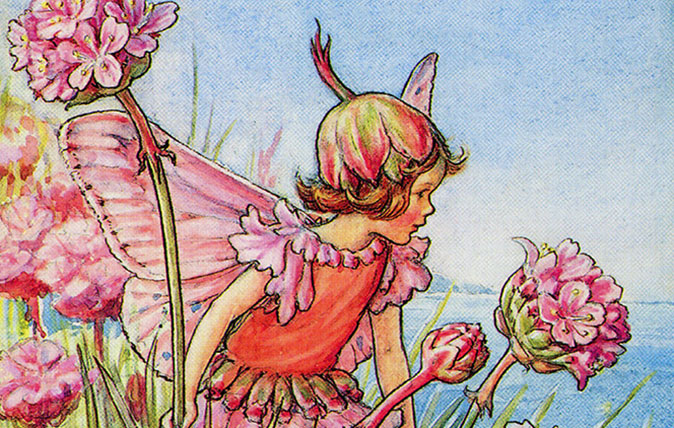

How lucky we are to live in one of the periodic golden ages of botanical illustration, as anyone who’s been to Kew in recent years will know. That special skill of combining meticulous accuracy with artistic presentation has been achieved in many forms by many artists over the centuries. British artists have always been among those in the front rank.
One of the most admired botanical artists of the 20th century was Cicely Mary Barker, whose work is presently on show in a special exhibition at the Garden Museum in London SE1. Some people will object that she was really an author of children’s books, but there’s nothing to object to. Barker wrote almost all her books for children to enjoy and most of them are full of botanical paintings of a very high order.
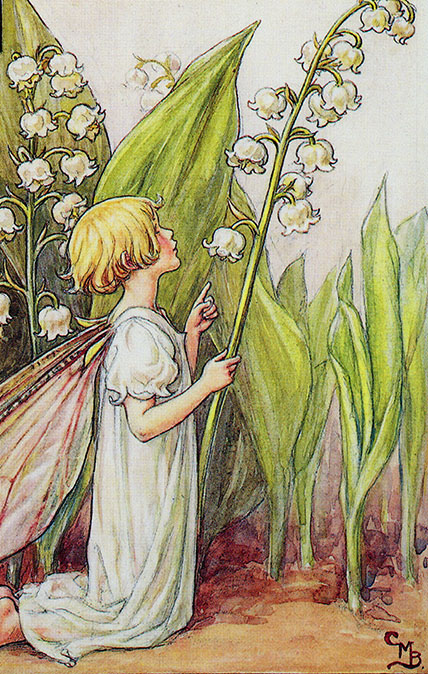
Barker was born in suburban Croydon in 1895, the daughter of a prosperous seed merchant. As a child, she was often severely ill and thus kept at home rather than going to school, but, luckily, her devoted parents provided her with a nanny and a governess. Confined to her room, and often to her bed, Cicely loved reading illustrated books, such as those by Kate Greenaway, and began to show evidence of real drawing talent herself.
When she was able to get out and about, either in the garden or on family holidays to Swanage and Whitby, Barker drew convincing sketches of wild flowers. Her father, himself a skilled woodcarver, arranged for her to attend art classes. Her familiar child-and-flower paintings are typically in pen and ink overlaid with watercolour, but she also worked in oils and a range of other media.
An awful turning point came in 1912, when Mr Barker suddenly died. Fortunately, the two daughters and their mother, always given to thrift and good works, brought their various skills to bear to keep things going. The elder sister, Dorothy, established a nursery school at home, so that an endless supply of adorable children was readily available for Cicely’s observant pen. There are people living yet who turned up in the books, including the daughter of the family housekeeper, the memorably named Gladys Tidy.
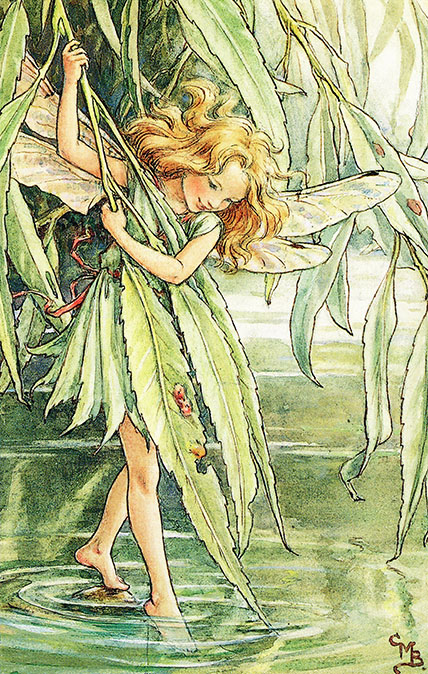
Barker offered her illustrations of flower-children to several publishers before the first set was published as ‘Elves and Fairies’ in 1918. Was her interest in fairies, along with that of the publisher, stimulated by Sir Arthur Conan Doyle’s famous confirmation that the fairies photographed at Cottingley Beck in West Yorkshire in 1917 by two local girls were the real thing? I wonder.
In the wake of these early successes with card sets, it took surprisingly long for the first book to appear. Flower Fairies of the Spring was published by Blackie in 1923 and set the tone for the future, but its sequel, Flower Fairies of the Summer, was the first runaway success in 1925. Since then, such is the combined quality and appeal of her work that it has never been out of print.
Exquisite houses, the beauty of Nature, and how to get the most from your life, straight to your inbox.
Half the fun of the new exhibition is the opportunity to compare, side by side, original sketches and paintings with the published plates. Barker’s patient craftsmanship is apparent at every turn and she uses it to avoid the obvious danger of tweeness. Her Ruskinian approach means that the flowers are drawn from the life and her associated children are invested with suitable mood and pose taken from a proper understanding of each plant’s characteristics.
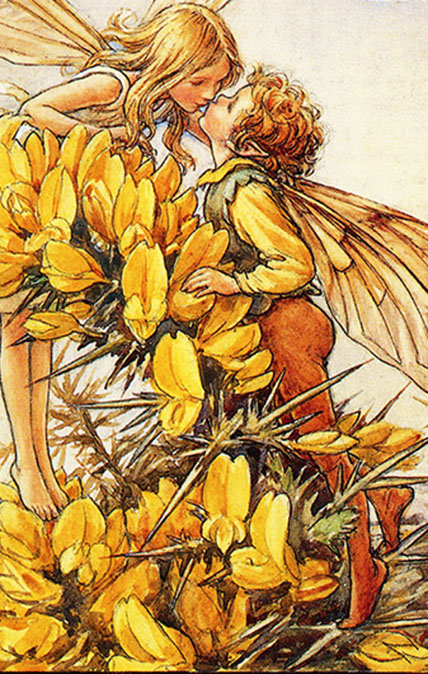
The Nightshade Fairy, for instance, is perched drowsily on an appropriate winding shoot in a hedgerow. Gorse, on the other hand, is represented by two children kissing, as that’s only permitted when gorse is in flower, as it is every day of the year.
The integration of the costumes is always clever, charming and sometimes ingenious. The Fuchsia Fairy is perhaps an easy subject for a suitable dress, however, my favourite is the Nasturtium Fairy (above), who wears an elegant floral hat and the buckles of whose shoes are the seeds. Barker made each costume for each picture, reusing components as much as possible.
Those with a heart of stone will have lost interest in this article early on. Persons of taste and feeling will share my enthusiasm for the enduring work of this exceptional artist and make a beeline for the exhibition, which runs until September 30.
‘Flower Fairies: Botanical Magic’ at the Garden Museum, Lambeth Palace Road, London SE1. See www.gardenmuseum.org.uk for more information.
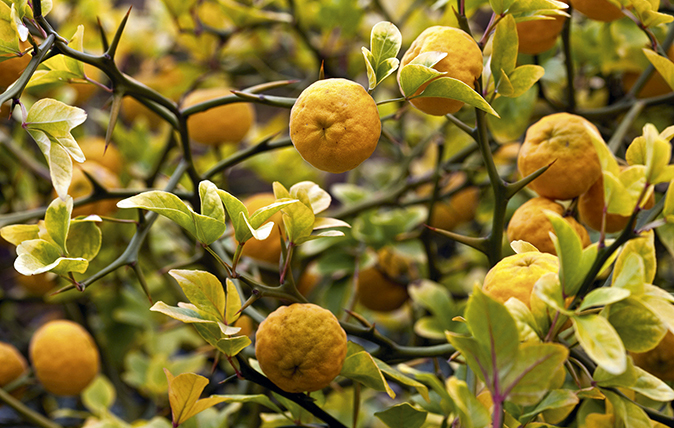
How to grow plants that you really shouldn't be able to grow in England
Take a chance on surprising survivors advises Steven Desmond.
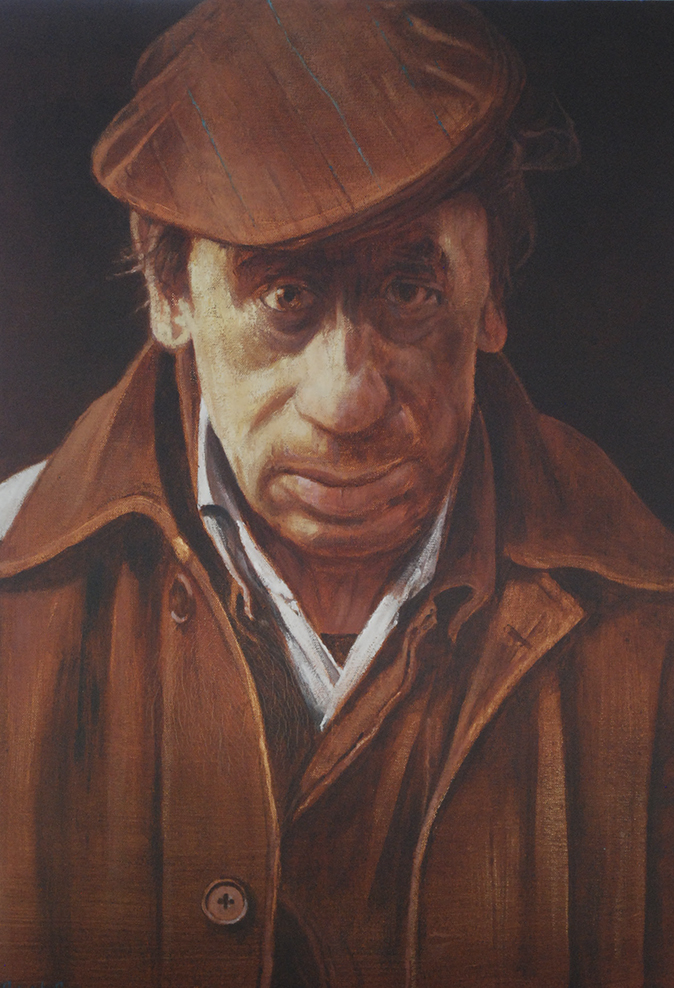
My favourite painting: Ann Cleeves
'I’m drawn to this face, to the determination and the unflinching stare. The confidence.'
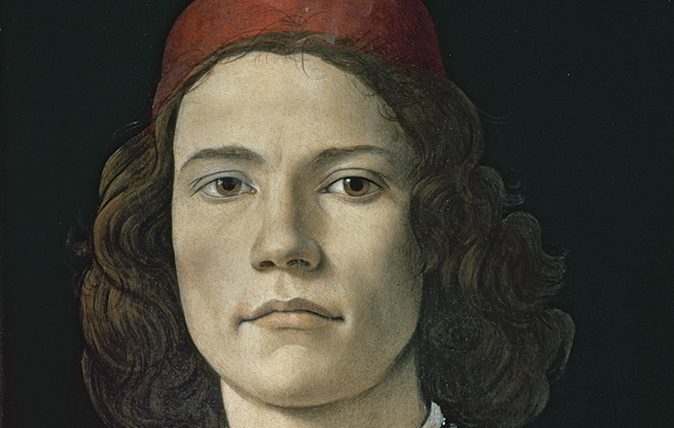
My favourite painting: Fay Weldon
'The young man looked straight at me and into my soul and I fell in love.'
Country Life is unlike any other magazine: the only glossy weekly on the newsstand and the only magazine that has been guest-edited by His Majesty The King not once, but twice. It is a celebration of modern rural life and all its diverse joys and pleasures — that was first published in Queen Victoria's Diamond Jubilee year. Our eclectic mixture of witty and informative content — from the most up-to-date property news and commentary and a coveted glimpse inside some of the UK's best houses and gardens, to gardening, the arts and interior design, written by experts in their field — still cannot be found in print or online, anywhere else.
-
 The Glovebox: The fastest coffee shop on four wheels
The Glovebox: The fastest coffee shop on four wheelsBentley joins forces with Joe & The Juice, Rolls-Royce makes a Spectre for a dog, an Austin Mini with royal connections comes up for auctions, and Norman Foster clambers into a Bulldog.
-
 The Lancashire heeler: A clever, compact and very rare terrier that was once described as having 'the same value as an ox'
The Lancashire heeler: A clever, compact and very rare terrier that was once described as having 'the same value as an ox'From cattle drover to companion, the Lancashire heeler is as versatile as it is rare.
